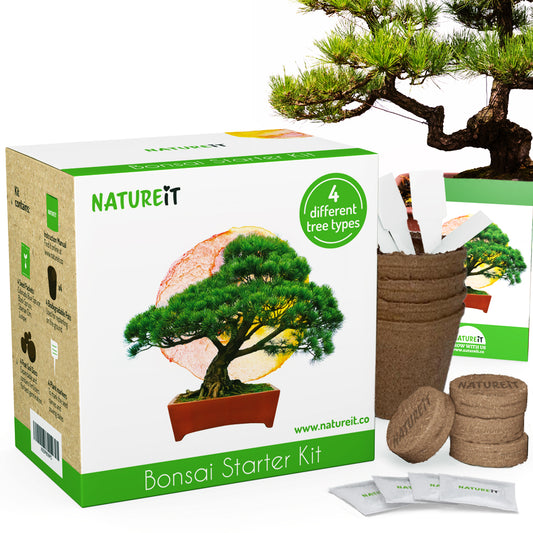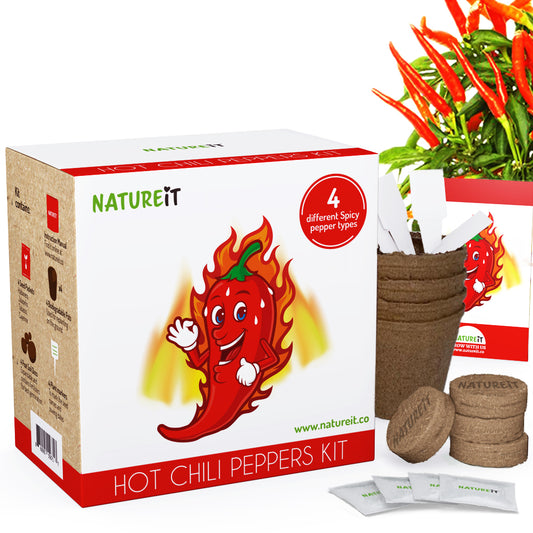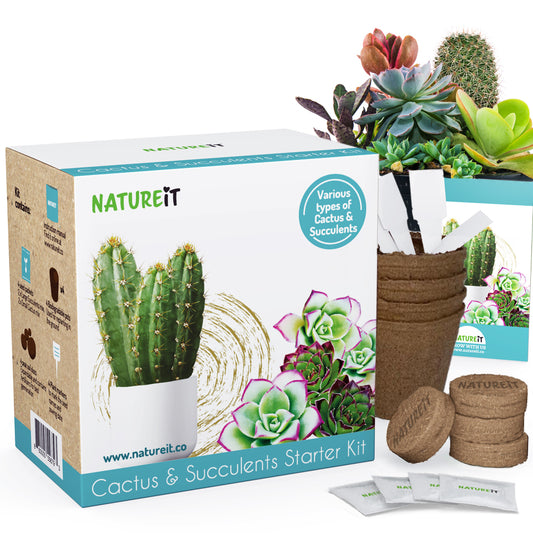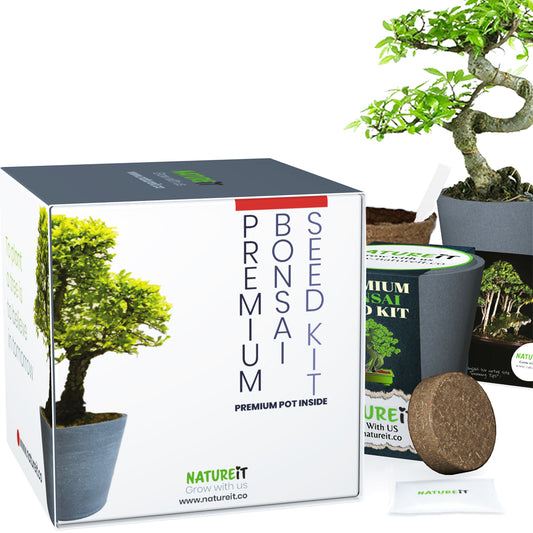Norway spruce bonsai are beautiful and iconic trees that are popular among bonsai enthusiasts. These trees are native to Europe and are known for their conical shape and dense, dark green foliage. With proper care, a Norway spruce bonsai can thrive for many years and become a stunning addition to your home or garden. Here are some tips on how to care for your Norway spruce bonsai:
-
Choose the right location: Norway spruce bonsai prefer bright, indirect sunlight. Too much direct sunlight can scorch the leaves and cause the tree to dry out. A location near a window that receives morning or evening sunlight is ideal. Avoid placing your bonsai near drafts or heating vents, as these can dry out the soil and harm the tree.

-
Water regularly: Proper watering is essential for the health of your Norway spruce bonsai. Water the tree thoroughly, making sure to moisten the entire root ball. Allow the soil to dry out slightly between waterings, but be careful not to let it dry out completely. Overwatering can lead to root rot, while under watering can cause the tree to become stressed and lose its needles.
-
Fertilize regularly: Norway spruce bonsai need regular fertilization to support their growth and development. Use a balanced fertilizer, such as a 20-20-20 or 10-10-10 formula, and follow the instructions on the label for the appropriate dosage. Fertilize your bonsai every two to four weeks during the growing season (spring and summer), and reduce fertilization to once a month during the winter.
-
Prune regularly: Pruning is an important aspect of bonsai care, as it helps to maintain the tree's shape and size. Use sharp, sterilized pruning shears to trim back new growth and remove any dead or diseased branches. Prune your Norway spruce bonsai in the spring, just before new growth begins. Avoid pruning in the fall, as this can stimulate new growth that may not have time to harden off before winter.
-
Repot every two to three years: Repotting your Norway spruce bonsai every two to three years is necessary to refresh the soil and provide the tree with the nutrients it needs to grow. Choose a well-draining bonsai soil mix and a pot that is slightly larger than the previous one. Carefully remove the tree from its pot and trim back the roots to fit in the new pot. Be sure to plant it at the same depth as it was in the previous pot.
-
Protect from extreme temperatures: Norway spruce bonsai are hardy trees, but they can be sensitive to extreme temperatures. Keep your bonsai away from cold drafts in the winter, and provide some protection from freezing temperatures if necessary. In the summer, avoid placing your bonsai in direct sunlight, as this can cause the leaves to wilt and the soil to dry out too quickly.

-
Watch for pests: Norway spruce bonsai are prone to pests such as aphids and mites. If you notice any pests on your tree, use a natural pest control method such as horticultural oil or neem oil to get rid of them. Be sure to follow the instructions on the label and take care not to overuse the treatment, as this can harm your bonsai.
By following these care tips, you can help your Norway spruce bonsai thrive and enjoy it for many years to come. With proper care and attention, your bonsai will become a beautiful and unique addition to your home or garden.





